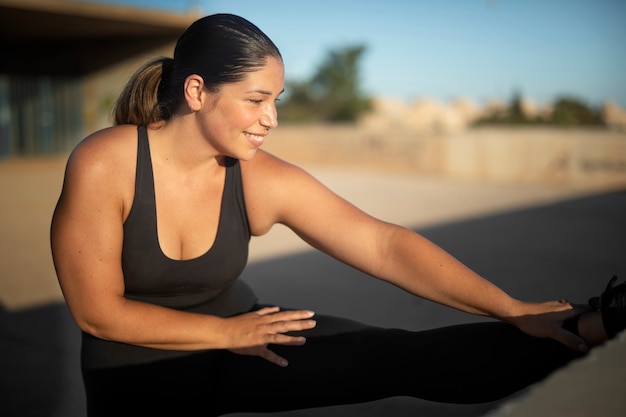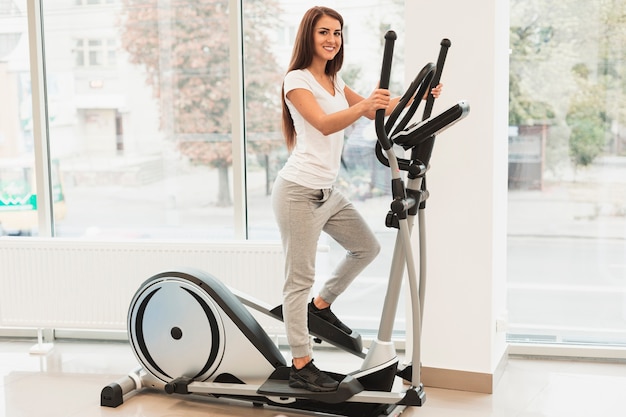Breath is the invisible engine behind every stride. For runners and walkers alike, mastering your breathing isn’t just about stamina—it’s about mental clarity, recovery, and performance. The best part? You don’t need any gear, apps, or a gym membership. Just 12 minutes a day of focused breathwork can transform your relationship with movement and mindfulness.
Running is as much a mental challenge as a physical one. When your breath becomes shallow or erratic, your body tenses, fatigue sets in faster, and focus wanes. Breathwork—also known as pranayama in yoga traditions—trains your nervous system to stay calm under stress, improves oxygen efficiency, and enhances lung capacity.
Studies and anecdotal evidence, including insights from accessible routines like box breathing featured in wellness content, show that structured breathing can reduce perceived exertion, lower heart rate, and improve recovery times. For walkers, especially those using movement for mental wellness, breathwork deepens the meditative benefits of each step.
Controlled breathing activates the parasympathetic nervous system, which helps your body shift from 'fight or flight' to 'rest and digest.' This doesn’t mean you’ll slow down—it means you’ll run smarter. By balancing oxygen and carbon dioxide levels, breathwork improves aerobic efficiency, delays lactic acid buildup, and sharpens mental focus.
Techniques like box breathing (inhale, hold, exhale, hold) create rhythmic patterns that synchronize heart rate and brainwaves, leading to greater mental clarity—a crucial edge during long runs or endurance walks.
This routine is designed to be done anytime—before a run, after a walk, or during a midday reset. No props, no space needed. Just sit or lie comfortably, spine straight, eyes closed.
Sit quietly. Inhale through your nose for 4 seconds, exhale through your nose for 6 seconds. Focus on making the exhale longer than the inhale. This activates the vagus nerve, calming your mind and preparing your body for deeper work.
Why it works: Lengthened exhalations signal safety to the brain, reducing stress hormones.
Inhale for 4 seconds → Hold for 4 seconds → Exhale for 4 seconds → Hold for 4 seconds. Repeat this cycle for 4 minutes. Keep your breath smooth and quiet.
Why it works: This balanced pattern improves focus and emotional regulation. It’s used by athletes and first responders to maintain composure under pressure.

Place one hand on your chest, one on your belly. Inhale deeply through your nose, letting your belly rise (chest stays still). Exhale slowly, drawing the navel in. Breathe at a natural pace—no counting needed.
Why it works: This strengthens the diaphragm, increases oxygen intake, and reduces side stitches during runs.

Return to slow, natural breathing. Inhale for 4, exhale for 6. Let go of any technique. Just observe your breath and body.
Why it works: This integrates the practice, allowing your nervous system to settle and retain the benefits.
Like running, breathwork improves with consistency. Try pairing it with an existing habit—after brushing your teeth, before lacing up your shoes, or during your cooldown walk. Over time, you’ll notice calmer starts, stronger finishes, and a clearer mind on every mile.
Whether you're training for a marathon or walking for well-being, breath is your constant companion. Learn to work with it, and you’ll unlock a new dimension of performance and peace.

Fitness

Fitness

Fitness

Fitness

Fitness

Fitness

Fitness

Fitness

Fitness

Fitness

Fitness

Fitness

Health

Fitness

Health

Health